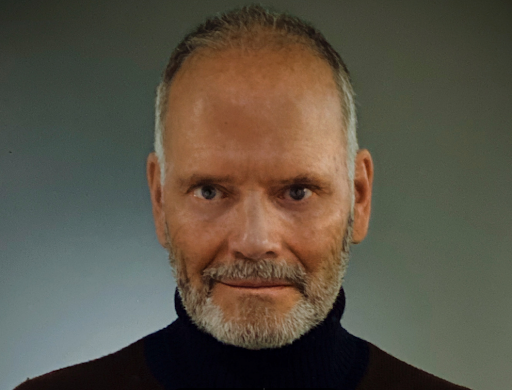Copyright International Business Times

Lynn Blodgett started his career in technology in 1968, working for his mother's small computer company. "My mother was smart enough to know my strength was not in typing," he says. "My brothers were great typists, but I was terrible at it. So she told me, 'You are better with people.' And she was right." That simple redirection set the course for a career built on both people and process. As a teenager, Blodgett became the delivery person for his mother's clients, handling the face-to-face moments when service mattered most. "If the work was late or the quality was not good, I was the one who had to deal with the customer," he says. "And when you become more proficient at something, it tends to be something that you like." Those early lessons about accountability, precision, and relationships would later underpin his approach to technology-driven businesses. Blodgett eventually founded a company with his brother, inspired by a vision to make computers smarter at catching errors. "When minicomputers first came on the scene, we saw that we could improve the quality of input," he says. "If you can catch mistakes early, they are easier to fix." That company then grew into a Fortune 500 company. The brothers developed software that identified errors as data was entered, a concept that would become strikingly familiar decades later with the rise of intelligent spelling and grammar tools. "What AI is today is that idea on steroids," Blodgett says. "It's about how you use the intelligence of a computer to make the job easier, better, more efficient, and more accurate." That same philosophy now drives his work at Red Brain Consulting, a firm that helps organizations implement artificial intelligence in practical, measurable ways. Rather than pitching sweeping transformations, Blodgett and his team focus on what he calls "evolution over revolution." "We identify where AI can make a difference," he says. "Then we help design the process, implement it, and measure the results." For Blodgett, technology without follow-through holds little value. "It's one thing to sell someone a license," he says. "It's another to make sure they are actually getting the benefit you told them they would." His company's approach is rooted in accountability, tracking implementation, and outcomes. That focus on results stems from years of experience in business process optimization, long before AI became mainstream. "When we first started, we provided not just the software, but the people who knew how to use it," Blodgett says. "Clients would say, 'We don't want the software, we just want you to do the work.' So we did. And it worked because we brought real value; they could see the financial and operational impact." Today, Blodgett views AI as a continuation of that same principle, using technology to enhance human capability. "AI is great at subjective stuff," he says. "Art, writing, what makes something beautiful or well-written can be different for everyone. The key is learning how to use it your way." He also emphasizes collaboration as central to AI success. "As per the report, the success rate increases when companies partner instead of doing it alone," he says, referencing the report. "With AI, those partnerships are going to be long-term relationships because of the training and customization involved. When you invest in another company, and they invest in you, that's when both grow stronger." Looking ahead, Blodgett hopes to continue building meaningful partnerships that drive practical results. "The goal is to establish as many of those relationships as we can," he says. "If you build another company up, you are building yourself up too." From his mother's early computer shop to his current role helping organizations adapt AI step by step, Blodgett's story comes full circle. It's about people, accountability, and progress, built one measurable improvement at a time. "We have been doing this kind of work for a long time," he says. "AI just gives us a better tool to do it."



